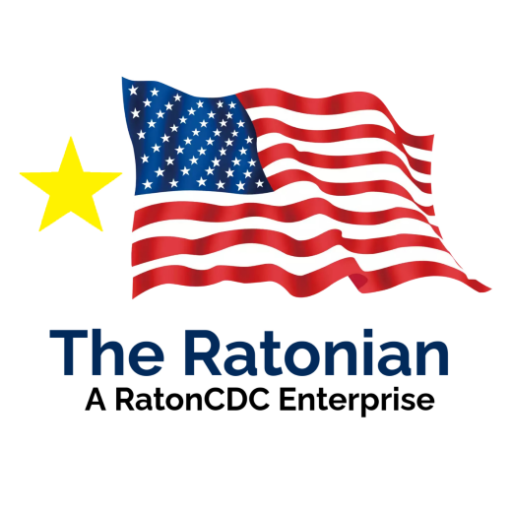At the Community Dialogue held on January 6, 2025, we primarily focused our discussions on education. A pivotal issue was whether the new campus would foster a transformed and improved approach to the teaching of Raton students. The NMPED Report Card for the 2023-2024 academic year shows that only 20% of our students are proficient in math, 39% in reading, and 43% in science. Despite significant improvements in reading and science proficiency, both slightly exceeding the overall state averages, it is essential to acknowledge that New Mexico ranks last nationally in education. In comparison, Los Alamos Public Schools demonstrate stronger performance, with proficiency rates of 58% in math, 69% in reading, and 65% in science. However, these mixed results clearly indicate that there is still a pressing need for substantial improvement across the state.
During the conversation, participants voiced their concerns that Raton might build a new campus but not alter its overall educational approach. However, the potential benefits of the new campus are significant. In a recent email exchange with Dr. Jacqueline Costales, Division Director for the NMPED Office of Curriculum and Instruction, she provided the following information:
The NMPED does not require the use of any specific curriculum. By state statute 22-15-8 instructional (curriculum) materials are selected at the local level. PED does convene teacher committees comprised of Level II and III teachers annually to review instructional materials (curriculum) and we publish the NM Adopted Multiple List for districts to utilize when they are making their selections . . . In addition, teacher evaluation is the purview of the local LEA. The teaching of the NM Adopted Content Standards is directed and evaluated by the LEA. Each LEA determines the methodology and pedagogy for how Standards are delivered and how curriculum is utilized.
Therefore, there is no State impediment to the Raton Public Schools taking advantage of the latest approaches to providing skills deemed essential to be successful in the 21st Century. The Partnership for 21st Century Skills (P21) has identified the 4-C’s (collaboration, communication, creativity, and critical thinking) as crucial skills for students to have in the 21st Century. The P21 Framework has developed a variety of curricular activities designed to develop these skills in students, emphasizing the necessity of adapting to the modern world. If the District does not alter its educational approach, it risks having a new campus without the potential for significant improvement in our students’ ability to compete in the 21st Century.
Project-Based Learning (PBL), already being utilized by some of the Raton faculty, where students work in small groups to solve problems, is considered the most effective method for developing these 21st Century skills. Therefore, it would be beneficial to showcase classroom configurations for all grades with small group clusters of students in the new campus to utilize the PBL approach fully.
In addition to this design recommendation, the District needs to take advantage of this design opportunity to develop innovative approaches to using technology in education. The problem is that technology is advancing at such an incredible rate, and we are seriously behind in our understanding of future technological advances. Fortunately, we have a valuable resource in our community: a man who has been at the forefront of technological advances for over 40 years. I sincerely hope that the District will consult with Rich Kuhns to ensure that our new campus takes advantage of his superior knowledge and provides our students with the future technology that they will need in this Information Age.
Finally, Exerplay (Andrea Neal, the Northern NM Territory Manager, whose cell phone number is 505-999-8031) offers free playground design services. They focus on inclusive play spaces where all abilities can play together. They do not offer landscape design, but this might be an excellent opportunity for free playground design input.
Some members of the Raton faculty are likely to find it a challenge to adopt the teaching strategies recommended for developing skills essential to 21st-century success. In fact, it is understandable that they would be more comfortable with the methods they have used for many years. There is no question that any changes will present challenges for the current teaching staff. However, at a time when recruiting teachers to small rural communities such as Raton is also a challenge, it is more likely that prospective employees will be attracted to a school district that is committed to the P21 Framework.
Paul
Paul Jenkins, President
Raton Community Development Collaborative
DBA RatonCDC
(575) 447-4561 Mobile
www.RatonCDC.org
“Working Together as a Community to Help You!”
Join the Raton Community Development Collaborative!






